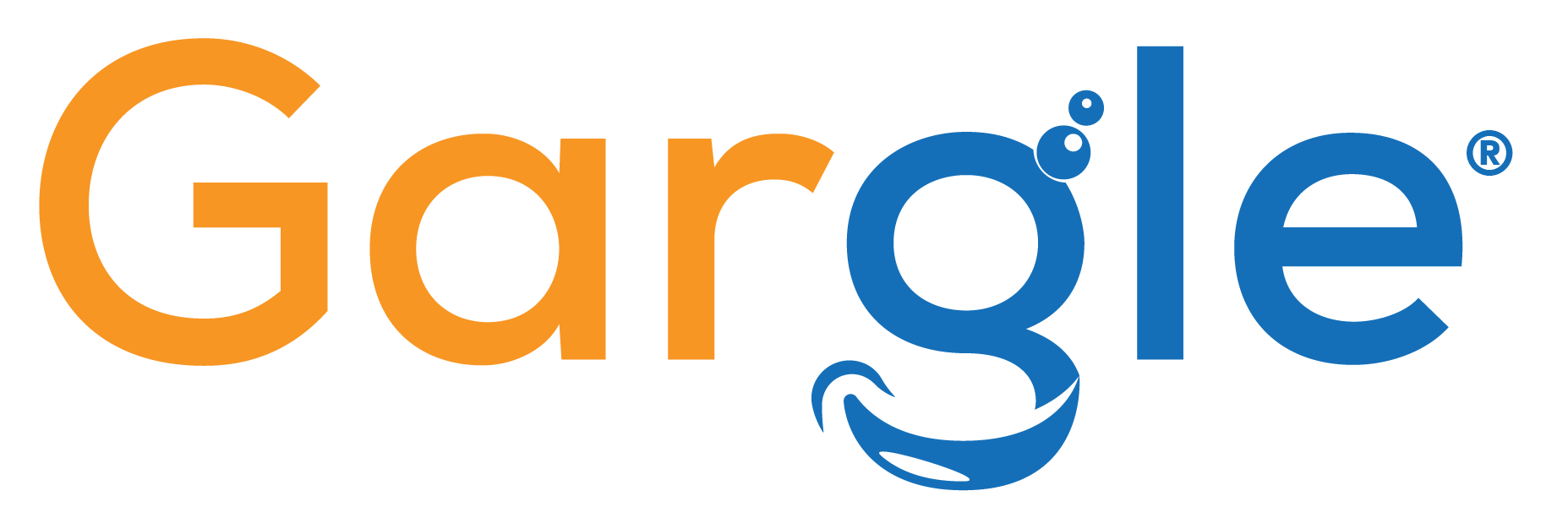When a potential patient lands on your website, they’re often not just looking for your phone number—they’re looking for reassurance. They want to know if you accept their insurance, what a first visit is like, or whether your team can help with their dental anxiety. If that information isn’t easy to find, they’ll move on—not because you’re not a great dentist—but because someone else made answers more accessible. This is where many dental practices miss the mark. Your website isn’t just a digital brochure—it’s one of your most powerful tools for building trust, educating patients, and ranking well in search results. That’s why dental website optimization with a strong focus on patient education is critical to both patient experience and practice growth.
Why Patient Education Content is a Game Changer for Dental Website Optimization

Let’s get one thing clear: patient education is no longer optional—it’s expected. Patients are used to doing their own research before picking a provider. When your website includes helpful, easy-to-understand answers to the questions they’re already Googling, you’re not only making their life easier—you’re also telling search engines your content is valuable.
Google’s algorithm favors websites that put users first, especially after the Helpful Content Update. That means pages that educate, guide, and answer real questions rank higher than thin or generic content. A well-thought-out patient education strategy supports this by addressing what matters to your community while naturally incorporating keywords relevant to your services.
The Power of an FAQ Page: One Page, Endless Benefits

A thoughtfully built FAQ page does far more than save your front desk time. It boosts your site’s search visibility and supports patient confidence at the same time.
Here’s what a strong FAQ page can do:
- Improve user experience: Patients quickly find answers, reducing friction before they ever make a call.
- Support voice search and long-tail keywords: Questions like “How long does a dental crown take?” or “Do I need dental X-rays every year?” are commonly asked in natural language—and your FAQ can answer them.
- Earn featured snippets: Structured FAQ content is more likely to be pulled into Google’s “People Also Ask” and snippet boxes.
Want proof? Structured FAQ content can directly impact your rankings by supporting long-tail queries and decreasing bounce rates—both positive SEO signals.
Blogging: The Secret Weapon Most Practices Overlook

If you haven’t added a blog to your website—or if you haven’t updated it in a year—it’s time to do so. Blogging allows your practice to explore topics patients actually care about, such as teeth whitening tips, how to handle a dental emergency, or what to know before getting clear aligners.
But it’s not just about education—it’s about SEO. Google rewards websites that are updated regularly with relevant content. Each blog post becomes another indexed page that can rank in search results, especially when it’s written with keywords and search intent in mind.
Need more incentive? Dental practices with active blogs generate up to 55% more website visitors than those without one.
What Google’s Helpful Content Update Means for You

Released to prioritize content written for people—not search engines—Google’s Helpful Content Update changed the game. If your content isn’t written with your patient in mind, your rankings will suffer.
For dentists, this means that stuffing pages with dental jargon or superficial explanations won’t cut it. Google wants to see:
- Content that clearly answers real questions
- Content is written by knowledgeable people (you or your marketing team)
- Unique, localized content that reflects your services and patient needs
When your website meets these standards, it doesn’t just perform better—it builds long-term authority.
Smart Ways to Start Optimizing Your Site

If you’re wondering where to begin, start with the basics:
- Identify real patient questions: Review emails, intake forms, or front desk calls to find recurring concerns.
- Build or refine your FAQ page: Make sure it’s structured, thorough, and written in patient-friendly language.
- Publish blogs monthly: Cover both general and service-specific topics—like dental implants, Invisalign, or gum disease prevention.
- Use clear headings and schema markup: These help Google better understand and rank your content.
- Ensure your site is mobile-friendly and fast: Over half of healthcare traffic now comes from mobile devices, so user experience matters.
Why It All Matters: The SEO Impact

You don’t have to guess whether this strategy works. Data shows that 77% of patients use search engines to begin their healthcare journey. When you provide the answers they’re looking for, your bounce rates drop, time on page increases, and search engines reward that engagement with better rankings.
It’s not just good content—it’s smart business.
How Gargle Helps You Get It Right

At Gargle, we specialize in helping dentists turn their websites into SEO-friendly, patient-educating machines. Our value-added content services include monthly blog posts, SEO-focused service pages, and custom FAQ content—written to reflect your brand and align with your patient base. We don’t copy and paste generic dental content. We research what your patients are searching for locally and write content that answers their questions while driving your keyword strategy forward.
And because we follow Google’s latest updates—including the Helpful Content guidelines—you can rest easy knowing your site is positioned to succeed.
Want to stand out in your local market? Let’s make sure your website is working as hard as you are.


